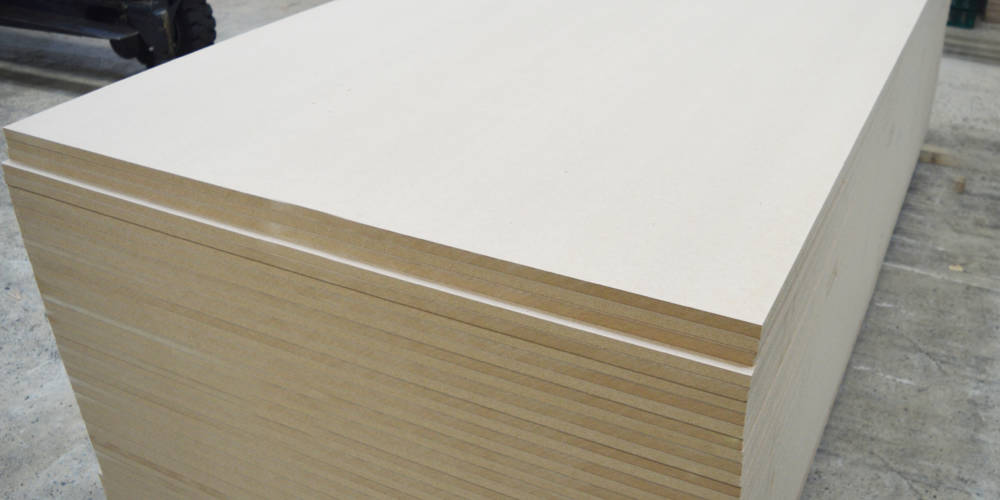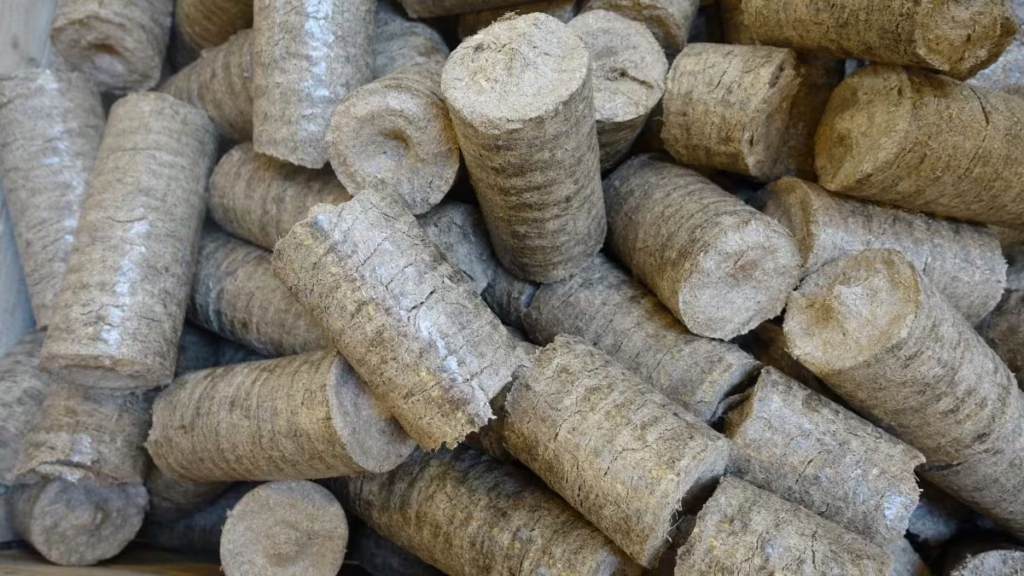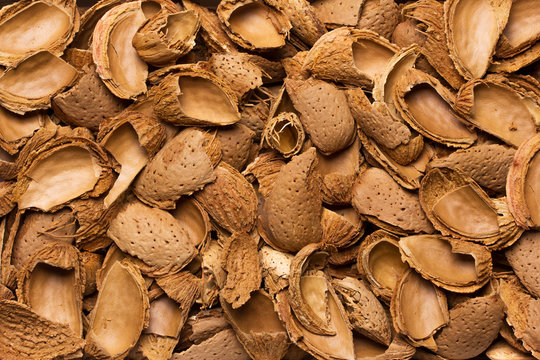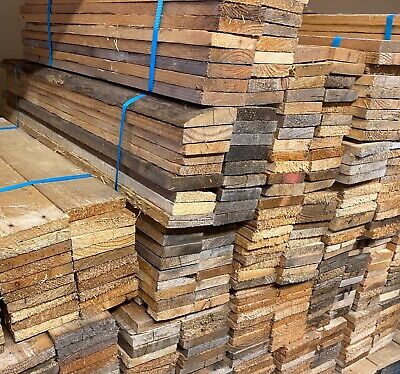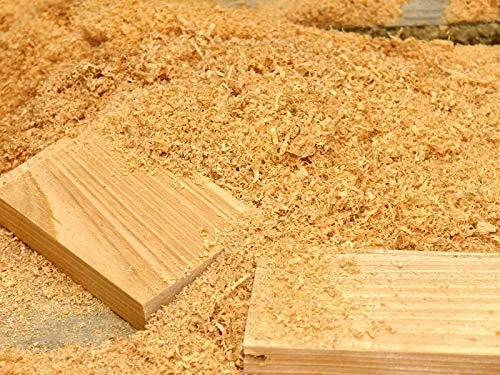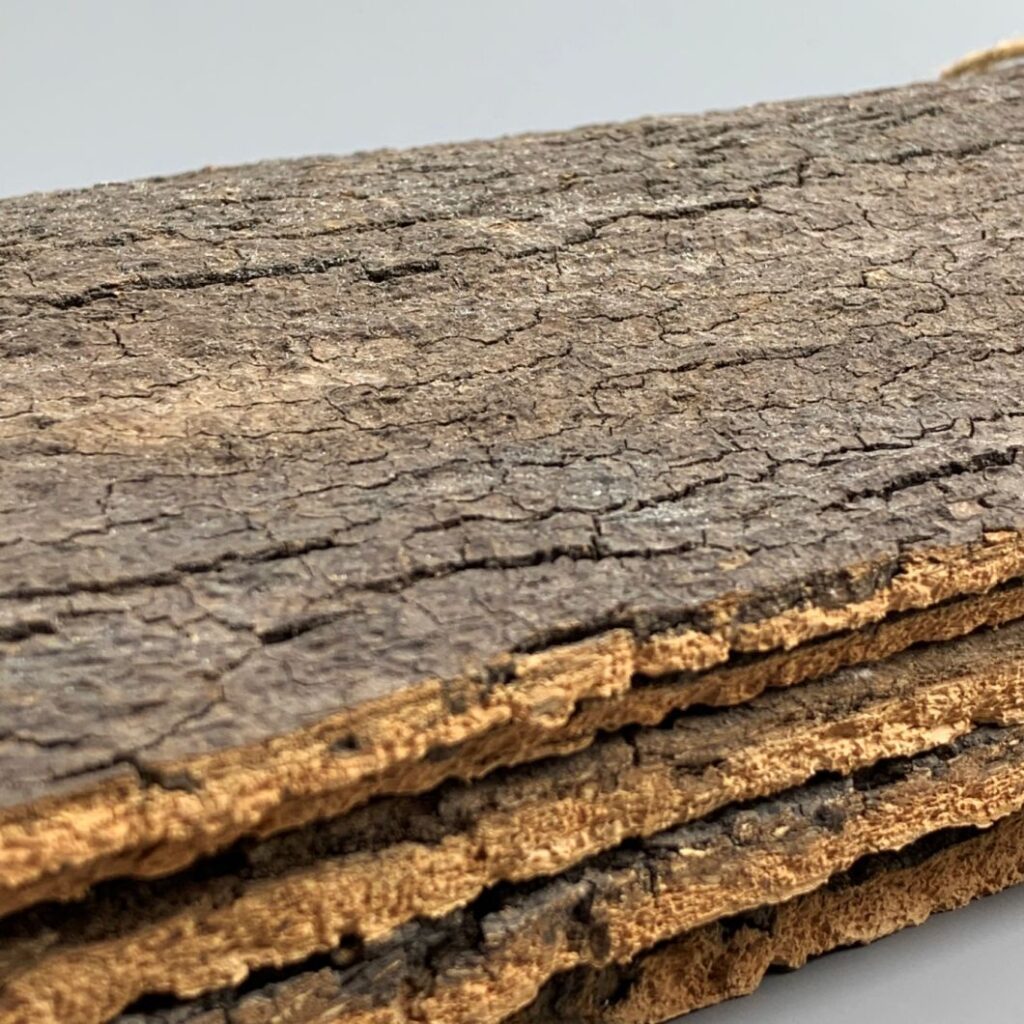Biomass Wood & Fuel Products
Biomass Wood & Fuel Products: An In-Depth Guide
Biomass Wood & Fuel Products, Biomass wood and fuel products have become a pivotal part of the renewable energy landscape, offering sustainable and eco-friendly alternatives to fossil fuels. As the world grapples with climate change and the urgent need for carbon reduction, biomass energy emerges as a viable solution. This article explores the various aspects of biomass wood and fuel products, including their types, production processes, benefits, applications, and future potential.
What is Biomass?
Biomass is organic material derived from plants and animals, which can be used as a source of energy. The most common types of biomass include:
- Wood and Wood Processing Residues: Logs, sawdust, and bark.
- Agricultural Residues: Corn stalks, rice husks, and wheat straw.
- Animal Manure: Livestock waste.
- Industrial and Municipal Waste: Organic materials like paper and food waste.
Among these, wood and its derivatives are the most widely used for energy production due to their abundance and ease of conversion.
Types of Biomass Wood & Fuel Products
1. Wood Pellets
Wood pellets are compacted forms of sawdust and other wood residues. They are widely used for heating and power generation due to their high energy density and uniform size.
2. Wood Chips
Wood chips are small pieces of wood obtained from logs, branches, and forestry residues. They are commonly used in industrial boilers and biomass power plants.
3. Firewood
Traditional firewood consists of logs or sticks used in residential heating and cooking, especially in rural areas.
4. Wood Briquettes
Wood briquettes are compressed blocks of wood waste, offering a more efficient and cleaner burning alternative to firewood.
5. Charcoal
Charcoal is produced by heating wood in the absence of oxygen. It is widely used for cooking and industrial applications.
6. Bio-oil
Bio-oil is a liquid fuel produced from pyrolysis of wood and other biomass materials. It serves as a substitute for fossil fuels in power generation and transportation.
Production Processes
1. Harvesting and Collection
The process begins with harvesting trees and collecting residues from sawmills, forestry operations, and agricultural fields.
2. Processing
The raw material is processed to remove impurities and reduce size. For example, logs are chipped, and sawdust is dried before further processing.
3. Compression
For products like pellets and briquettes, the material is compressed under high pressure to create a dense and uniform product.
4. Carbonization
In the case of charcoal, wood is heated in kilns to remove moisture and volatile compounds, leaving behind pure carbon.
5. Conversion
For liquid fuels like bio-oil, advanced technologies such as pyrolysis or gasification are employed to convert biomass into liquid or gaseous forms.
Benefits of Biomass Wood & Fuel Products
1. Renewable and Sustainable
Biomass is a renewable resource as it is derived from living organisms that can be replanted or regrown.
2. Carbon Neutral
The carbon dioxide released during the combustion of biomass is offset by the carbon absorbed during the growth of the source plants.
3. Waste Utilization
Biomass energy promotes waste reduction by utilizing agricultural residues, wood waste, and municipal solid waste.
4. Energy Security
By reducing dependence on fossil fuels, biomass contributes to energy security and independence.
5. Economic Development
The biomass sector generates jobs in forestry, agriculture, manufacturing, and energy production.
Applications
1. Heating
Biomass products like wood pellets and briquettes are widely used for residential and commercial heating systems.
2. Power Generation
Biomass power plants use wood chips and other materials to generate electricity for the grid.
3. Transportation
Advanced biofuels like bio-oil and biogas are used as alternatives to gasoline and diesel.
4. Industrial Use
Industries use biomass for process heat and steam generation, reducing reliance on fossil fuels.
5. Cooking
In many developing countries, biomass products like firewood and charcoal are primary sources of energy for cooking.
Challenges
1. Deforestation
Unsustainable harvesting of biomass can lead to deforestation and habitat loss.
2. Air Pollution
Burning biomass can release particulate matter and other pollutants if not properly managed.
3. Logistics
Transporting bulky biomass materials can be costly and energy-intensive.
4. Technological Barriers
Advanced technologies like pyrolysis and gasification require significant investment and expertise.
Future Prospects
The future of biomass wood and fuel products lies in improving efficiency, reducing environmental impact, and integrating with other renewable energy systems. Innovations in technology and policy support are expected to drive growth in the biomass sector.
FAQs
1. What are biomass wood and fuel products?
Biomass wood and fuel products are renewable energy sources derived from organic materials like wood, agricultural residues, and municipal waste.
2. How are wood pellets made?
Wood pellets are made by compressing sawdust and wood residues under high pressure to form dense, uniform cylinders.
3. Are biomass products environmentally friendly?
Yes, biomass products are considered environmentally friendly as they are renewable and carbon-neutral when sourced sustainably.
4. What are the primary uses of biomass energy?
Biomass energy is used for heating, electricity generation, transportation fuels, and industrial processes.
5. What is the difference between wood pellets and briquettes?
Wood pellets are smaller and cylindrical, while briquettes are larger and block-shaped. Both are used for heating but vary in application and energy density.
6. Can biomass replace fossil fuels completely?
While biomass has significant potential, it is best used in conjunction with other renewable energy sources for a comprehensive energy strategy.
7. Is burning wood for energy sustainable?
Burning wood is sustainable if the wood is sourced from responsibly managed forests and used efficiently.
8. What are the limitations of biomass energy?
Limitations include deforestation risks, air pollution, and logistical challenges in transportation and storage.
9. How does bio-oil compare to conventional oil?
Bio-oil is renewable and emits fewer greenhouse gases, but it may require engine modifications for use in existing systems.
10. What policies support biomass energy?
Many governments offer incentives like subsidies, tax credits, and research grants to promote biomass energy adoption.
